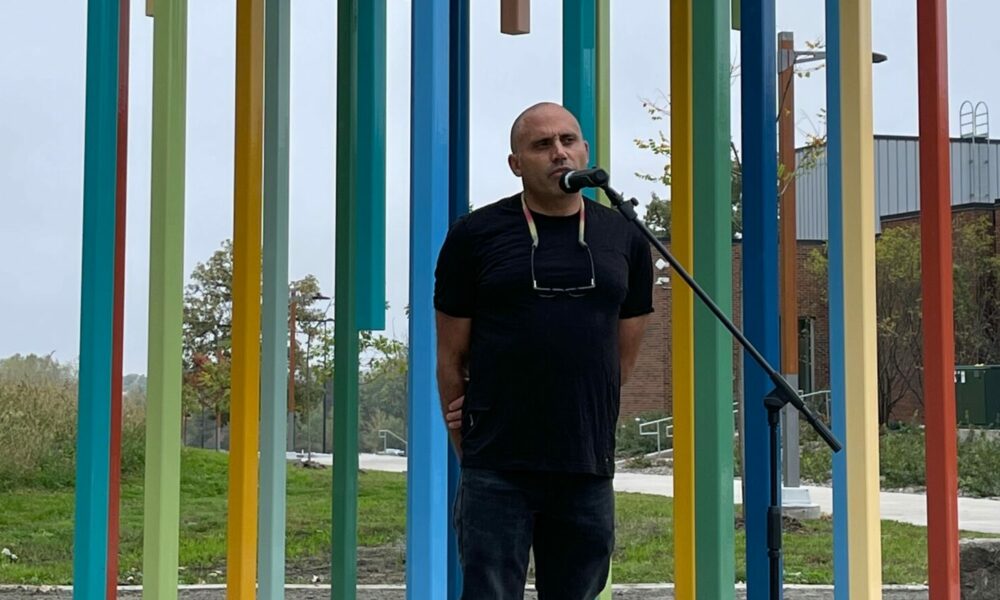

Today we’d like to introduce you to Randy Walker.
Hi Randy, so excited to have you with us today. What can you tell us about your story?
I have been a professional artist in Minneapolis for the last 17 years. I work in the public realm, creating large-scale installations in locations across the country. The path I took to get where I am was not direct. I dreamed of becoming an architect from the time I was in grade school, growing up in the Pacific Northwest. I pursued architecture, earning a degree from the University of Oregon. In the following ten years, I worked in offices in Portland, Washington, Ohio, Prague, and San Francisco, and here in Minnesota. Something was missing. I wanted to create, design- make beautiful things. The office environment, highly-standardized practices necessary to create buildings left me missing creative control, spontaneity, and artistic exploration. I started to make sculpture from whatever materials I could find. Mostly old tools, thread, and other items I found that were cheap or free.
I continued to work in architecture to support myself. I began to show and even sell some of the small pieces I was creating. I began to see that these sculptures as studies for larger works. I won a small grant for emerging artists from Forecast Public Art which enabled me to build my first work of public art, a steel corncrib woven with hundreds of pounds of colored rope. I began to compete for other commissions, and won a few. I had not yet gotten my architectural license, but was working towards it. I still remember getting a notice to renew my file with the national architectural accreditation board. At that point, I had a realization that I was going to pursue a life in art. Not a side gig, not an after-hours hobby. A fulltime, legit, all-out life in art. I’ve never looked back- despite some very challenging times.
Can you talk to us a bit about the challenges and lessons you’ve learned along the way. Looking back would you say it’s been easy or smooth in retrospect?
The road continues to be an adventure, with high points and swerves in the road. The first struggle I encountered was one of identity. Up to the point where I decided to pursue art full time, I thought of myself as an architect. My friends were architects, many successful. I felt like I was tossing it all away. And for what, exactly? Leaving architecture, the profession, was like mourning a loss. But the thing that drove me on was precisely the unknown, the possibility, the very unpracticalness of the endeavor I was about to undertake. I could imagine quite clearly a career in architecture. Art, however, was a big question mark. Would I end up destitute? Would I find an artistic voice compatible with the public art world? It was scary and thrilling.
In the process of defining myself as an artist, I also reflected on identity itself. I saw that the fact that my work becomes my identity was problematic in and of itself, for if I weren’t to have any defining activity, I would still be the person I am. It was liberating to realize this.
Other challenges I’ve encountered along the way are more obvious. Winning commissions is unpredictable, rejection is the norm, and financial security is always somewhat in question.
Thanks – so what else should our readers know about your work and what you’re currently focused on?
I create public art installations. These are usually outdoors, and mostly permanent sculptures, although I have created temporary works as well. Often, a new public institution-a college, library, fire station, public works project will be required to allocate a percentage of the project’s construction budget to artwork. A call will be issued, and artists will compete for it. I’ve been fortunate to make art here in Minnesota and in cities across the country. My work is spatial, abstract, and colorful sculpture. My work is known for responding to the particular community it is located in. It is predominantly large, architecturally-scaled and incorporates concrete, steel, illumination and landscape elements. I’m proud of many local works, including “Collection Point” for the City of Minneapolis Public Works East Side Maintenance Facility; the “Dream Elevator” for the City of St. Louis Park; “Pathways” for Rochester Community and Technical College; “Prairie Roots” for the City of Marshall; and “Return Journey” located in Brackett Park in Minneapolis. Nationally, some of my favorites are “Sky Portal” for the International Hot Air Balloon Museum in Albuquerque, NM, and “Close, Closer, Closest” for the City of Toledo, OH.
Before we let you go, we’ve got to ask if you have any advice for those who are just starting out?
For someone starting out in public art, I would have some very specific advice. But more generally speaking, say for someone starting their own business, I would advise patience and persistence. I have learned that the most important thing is that my original vision, survives over the long term. Sometimes will be so busy and successful, your problem will be keeping up. But there will be slow times as well. It’s during these challenging times that I’ve learned that even if my activity is scaled back drastically and the kind of engagement I have with my work changes, the important thing is to not go away. Year after year, I’m here.
The other word of advice I could offer is to envision what you want- how you work, what you charge, what you do and don’t do- and then be it. Now. Not as a far-off goal that you will achieve once you have certain credentials, projects or years under your belt. Just be what you envision today. I think you can get lost preparing; laying the foundation. There’s always more to do. I’m not talking about developing your skillsets and gaining experiences- those are great, worthy pursuits. I’m speaking of the fundamental way you see your business. When you establish this in your own mind, people will see you in the same way. If you see yourself as a beginner, not yet worthy of the work caliber you eventually want to do, people will see you in that way as well. One way to help actualize is to simply say things like “I am…” or “I do…” and discard words like “I hope to…” or “One day, I’ll…” If you can put yourself in the mindset that you’ve got everything you need right now, you’ll have everything you need right now to be successful.
Contact Info:
- Email: [email protected]
- Website: www.randywalkerarts.com
- Instagram: @randywalkerarts
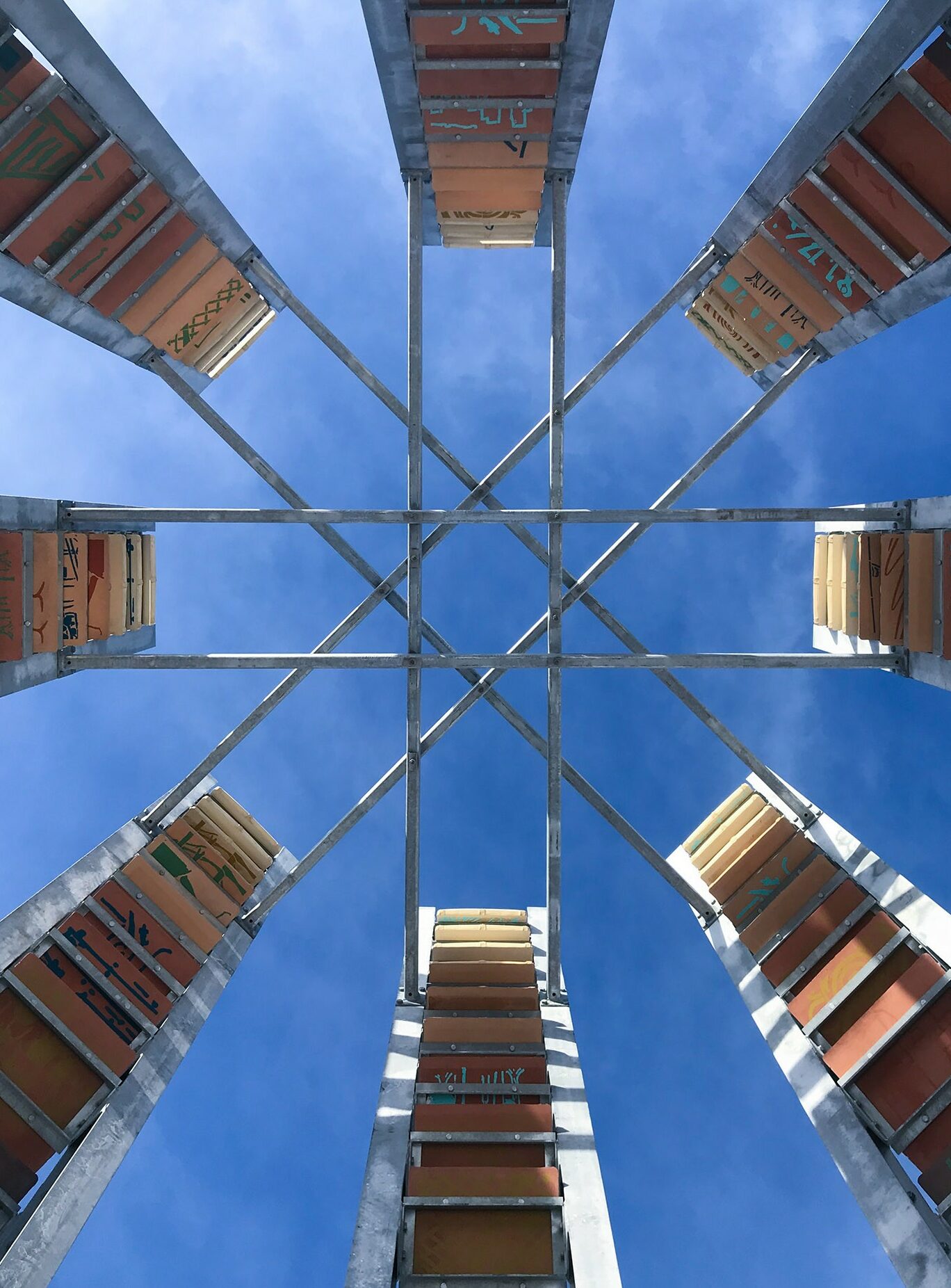
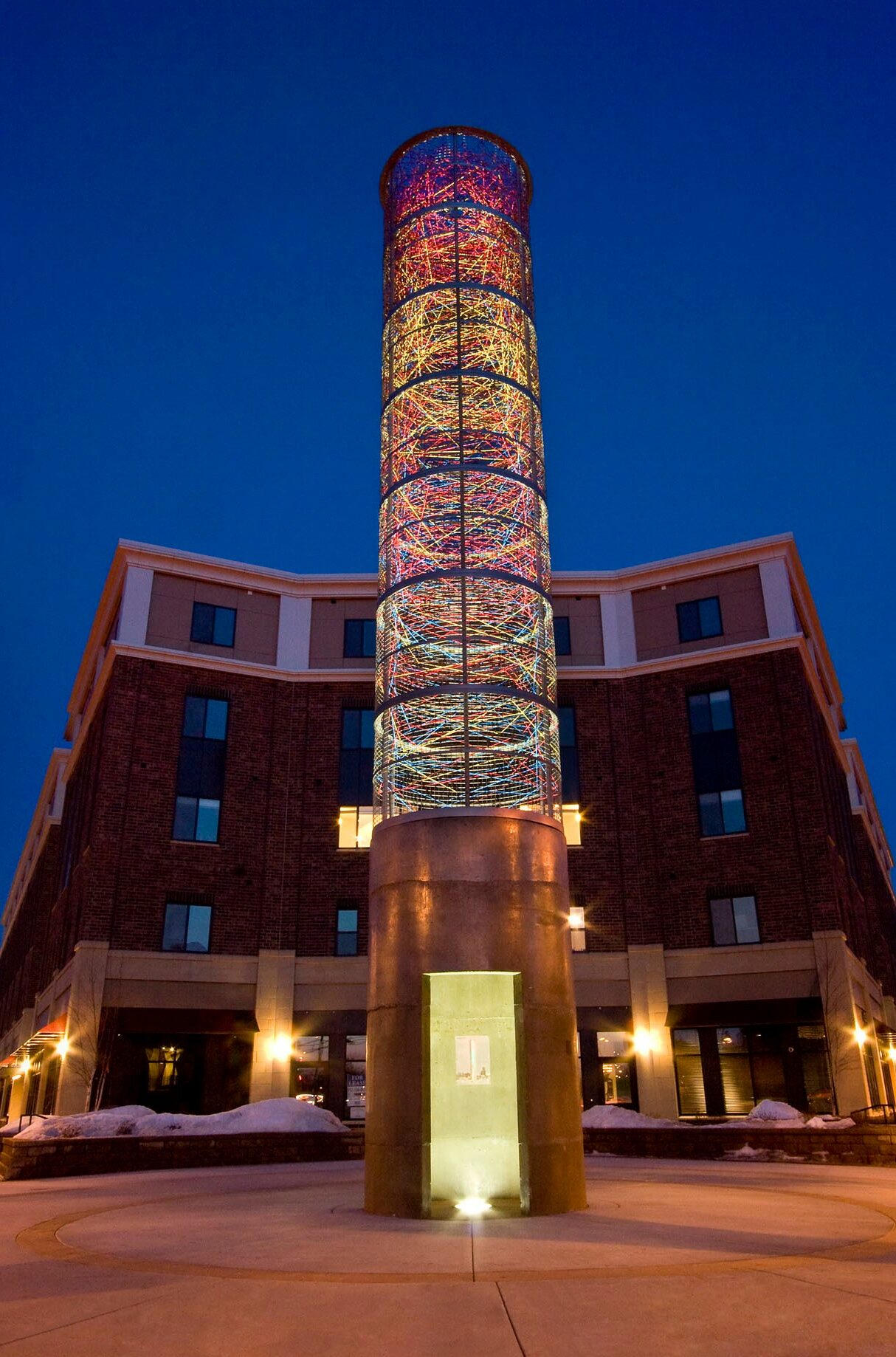
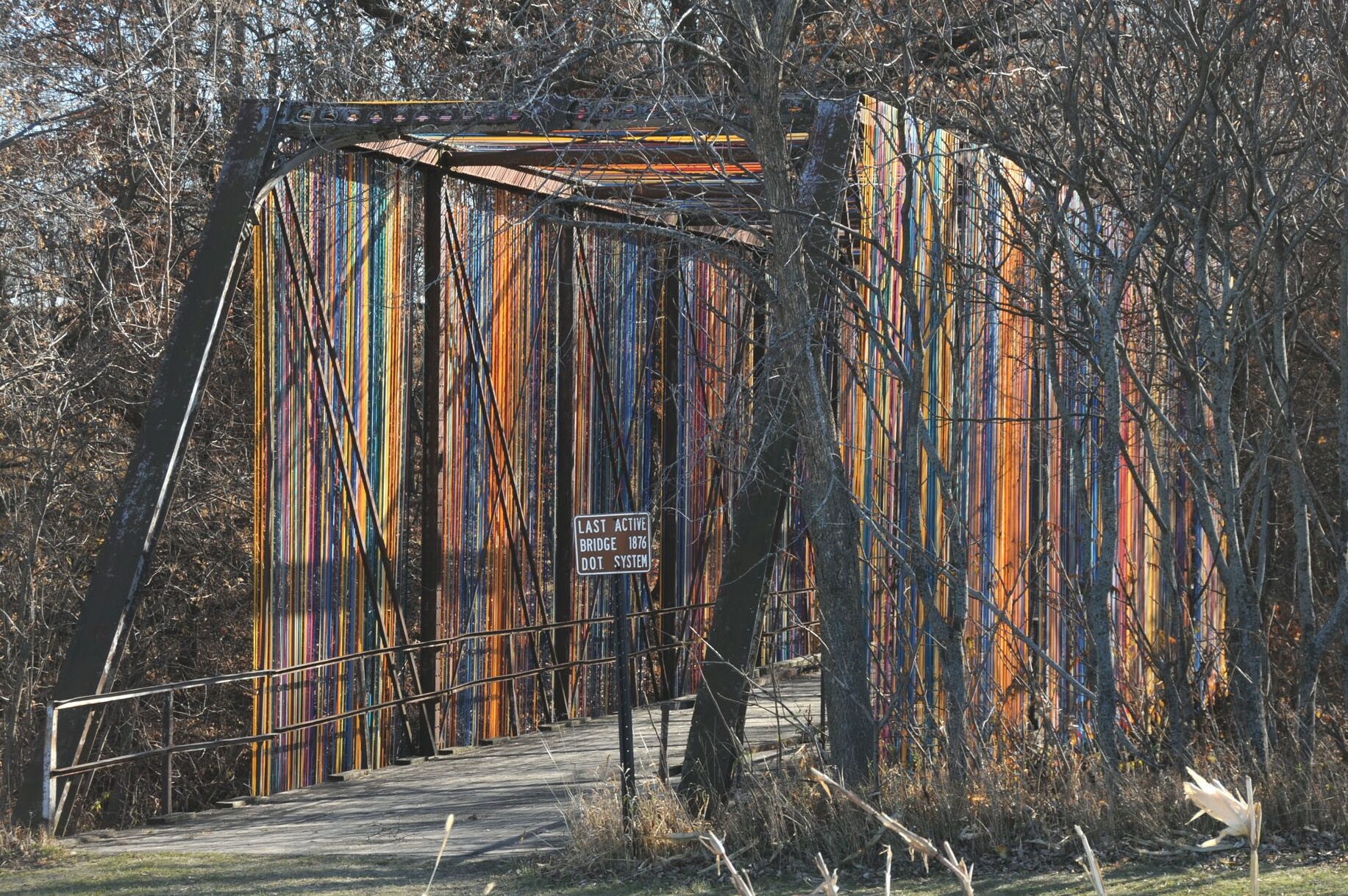
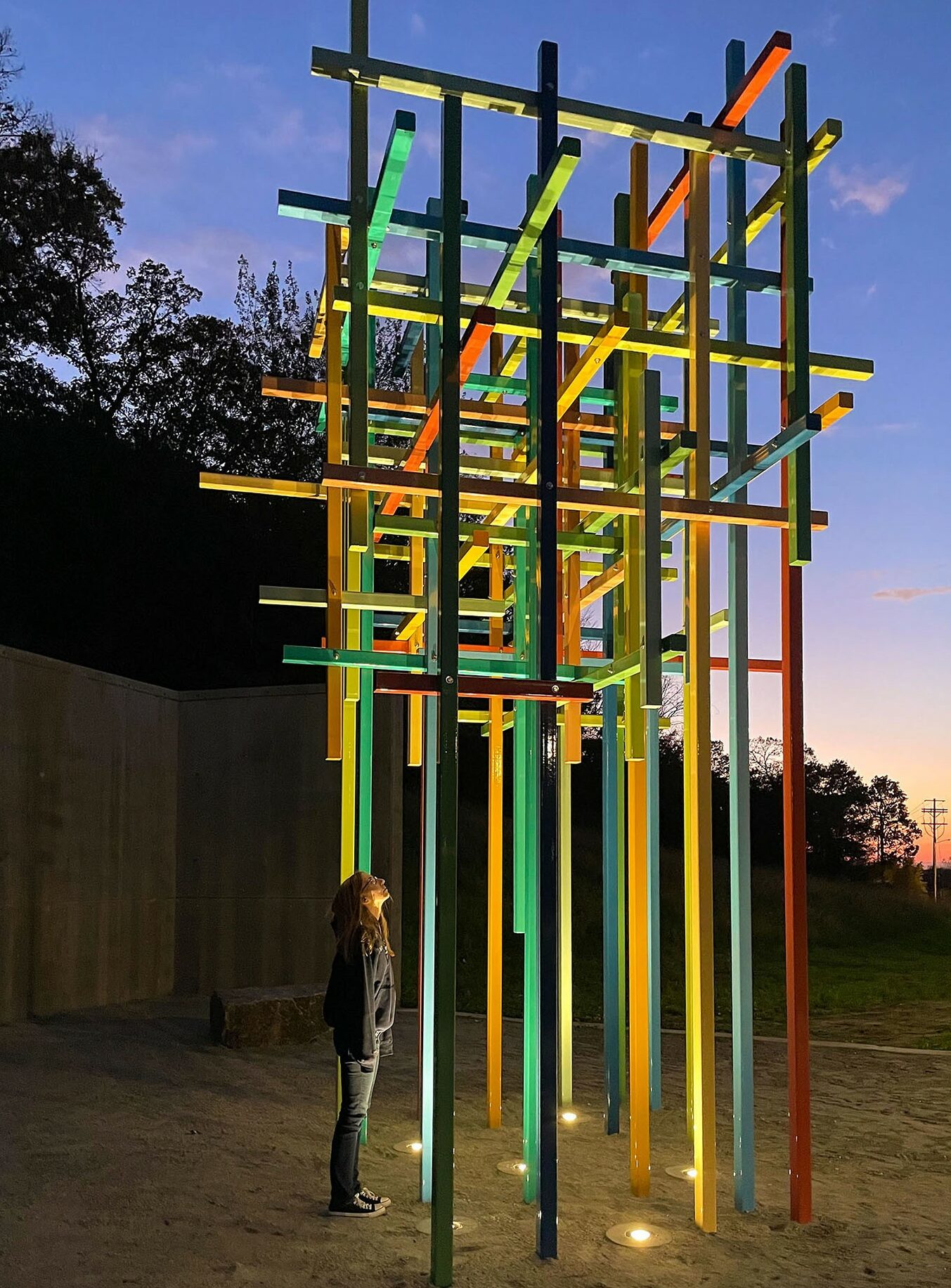
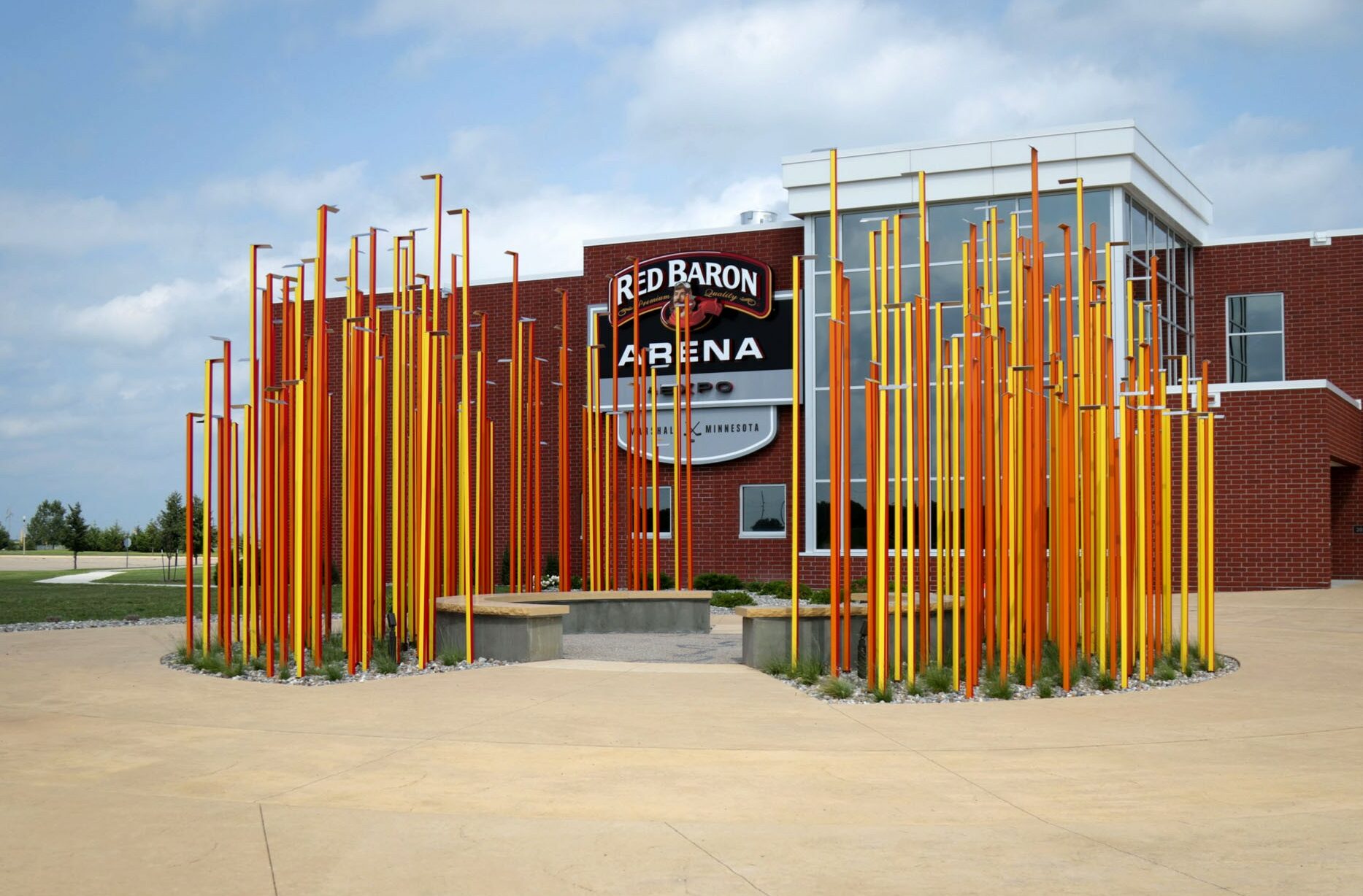
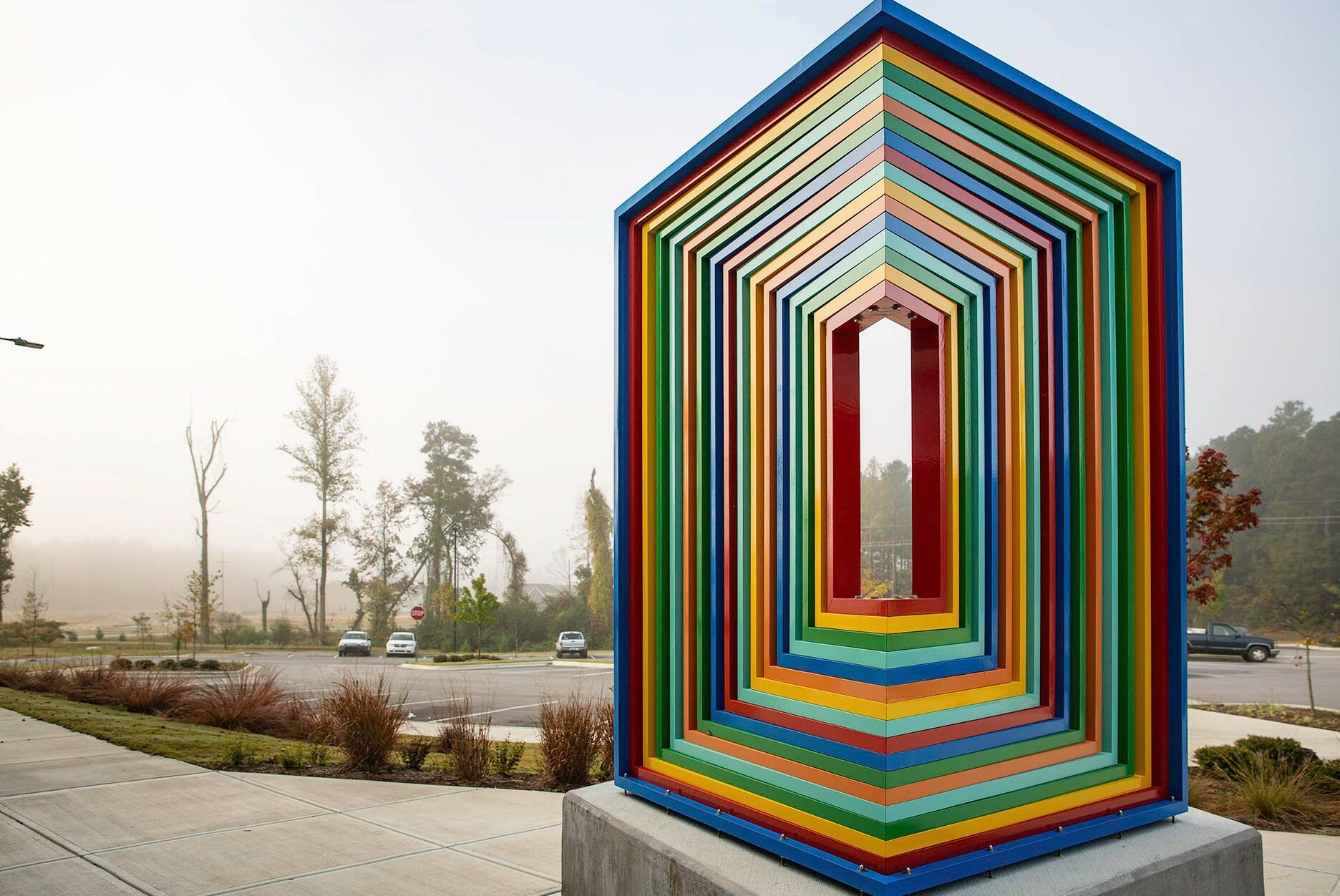
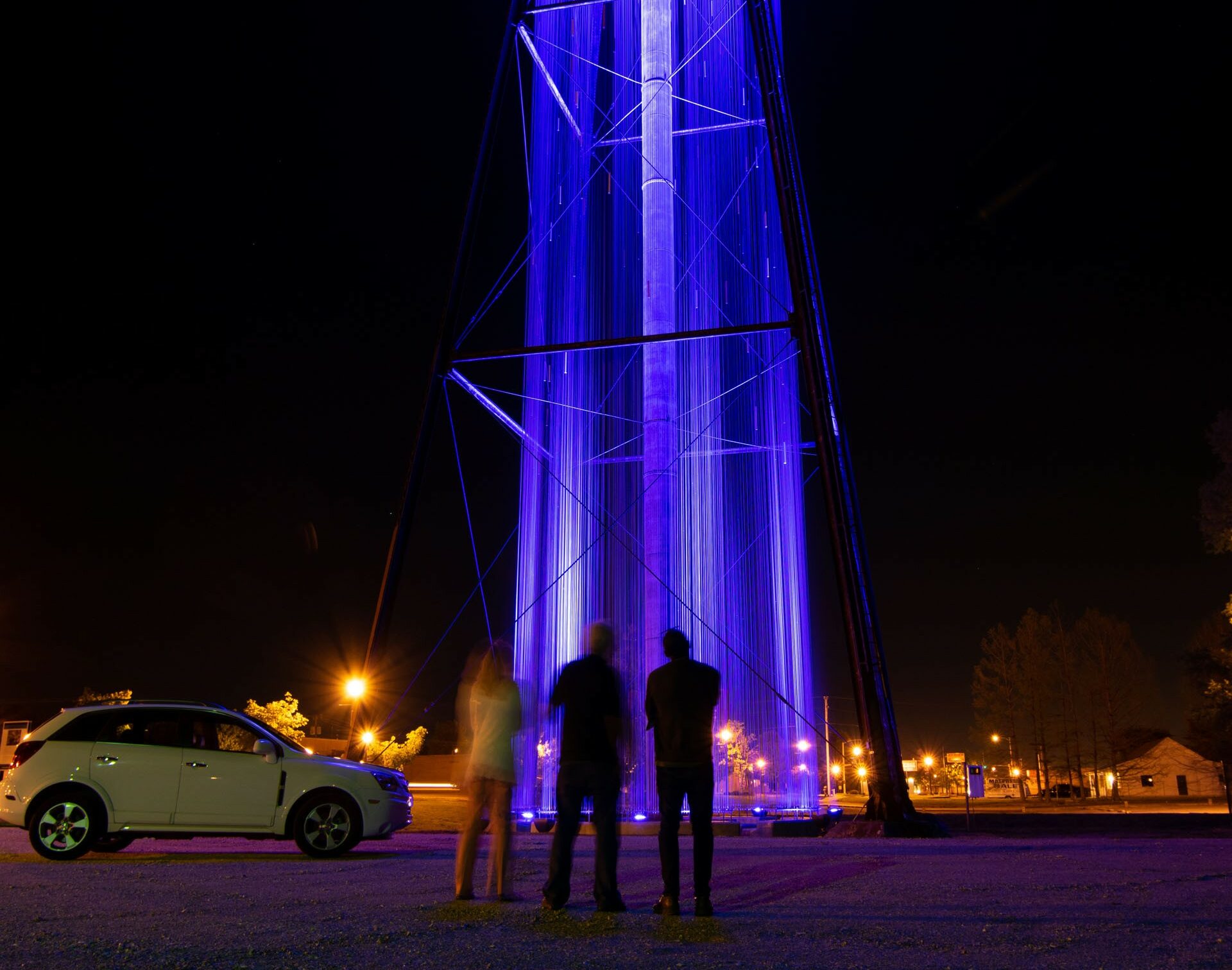
Image Credits
Chris Zirkle (The Source)
Doug Deutscher (Dream Elevator)
Julie Swanson (Prairie Roots)
Downtown Greenway Greensboro (Woven Works Park)
Randy Walker











